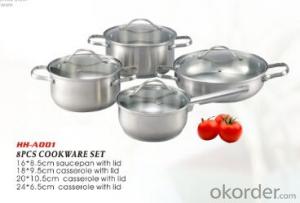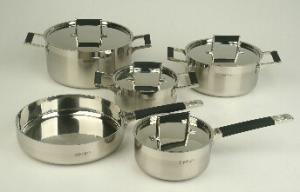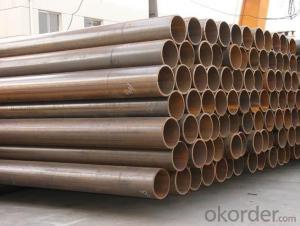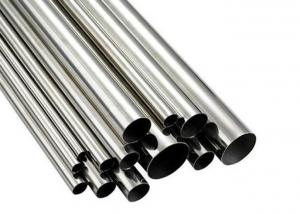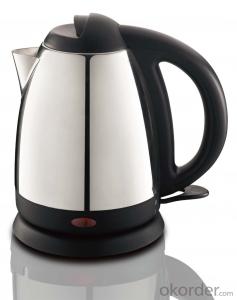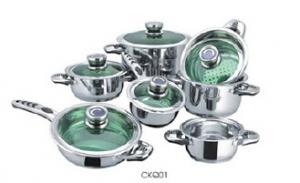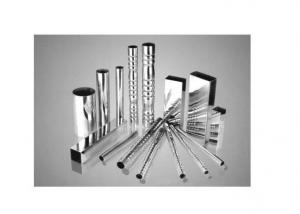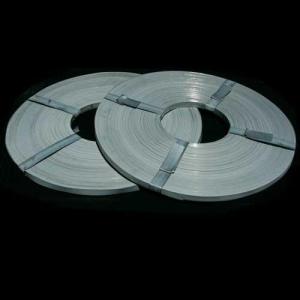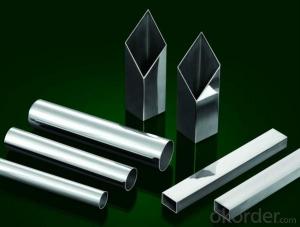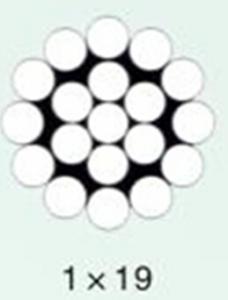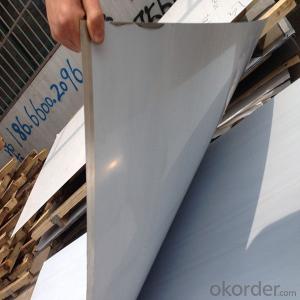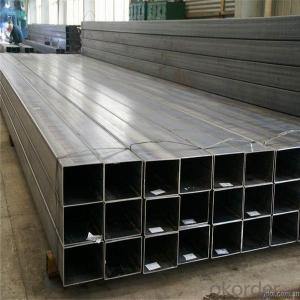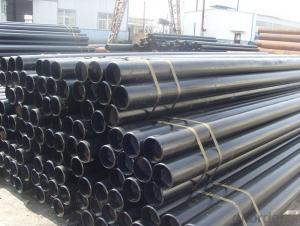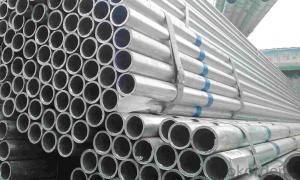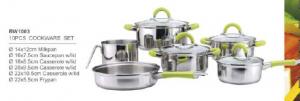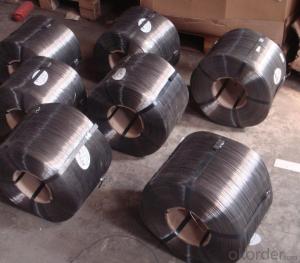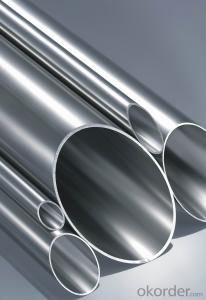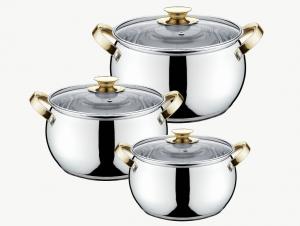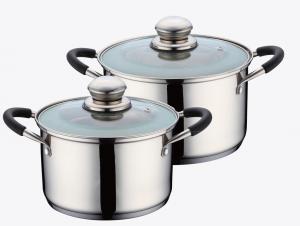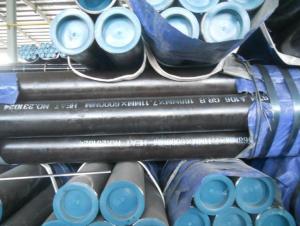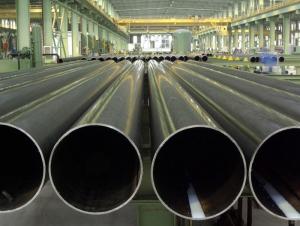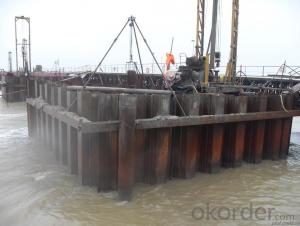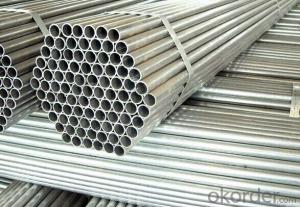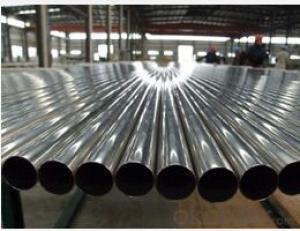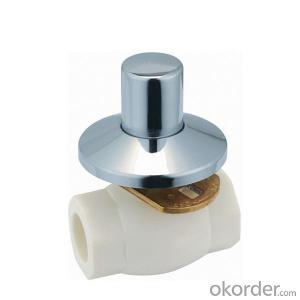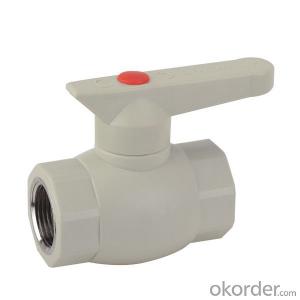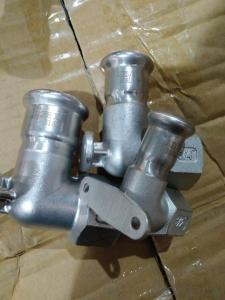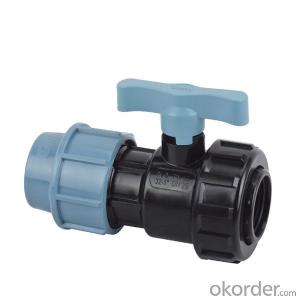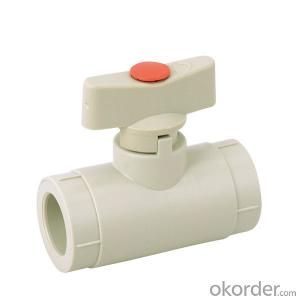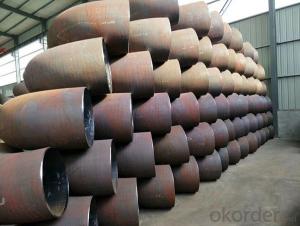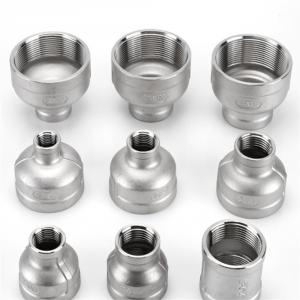1 Inch Stainless Steel Tubing
1 Inch Stainless Steel Tubing Related Searches
1in Stainless Steel Tubing 1 Stainless Steel Tubing 1 Inch Stainless Steel Pipe 1 2 Inch Stainless Steel Tubing 1 2 Stainless Steel Tubing 1 4 Stainless Steel Tubing 1 Stainless Steel Pipe Stainless Steel 1/2 Tubing 1 1 2 Stainless Steel Pipe 1 2 Stainless Steel Pipe 1/2 Stainless Steel Tubing 1/4 Stainless Steel Tubing Seamless Stainless Steel Tubing 2 Stainless Steel Tubing Stainless Steel Tub 1 Inch Steel Bar Stainless Steel Coil Tubing Stainless Steel Tubeing Stainless Steel Tubs 3/4 Stainless Steel Tubing 3 4 Stainless Steel Tubing 1Mm Steel Wire Bending Stainless Steel Tubing Stainless Steel Beverage Tub 3/8 In Stainless Steel Tubing Stainless Steel Tubes Stainless Steel Tubing Sizes 2 Inch Stainless Steel Pipe Square Stainless Steel Tubing 304 Stainless Steel Tubing1 Inch Stainless Steel Tubing Supplier & Manufacturer from China
1 Inch Stainless Steel Tubing is a versatile product that is widely used in various industries due to its corrosion resistance, strength, and durability. This type of tubing is made from high-quality stainless steel, which ensures its longevity and reliability in different environments. It is available in different grades, such as 304 and 316, to cater to specific requirements and applications.1 Inch Stainless Steel Tubing finds its application in numerous scenarios, including construction, automotive, aerospace, and food processing industries. It is used for fluid transportation, structural support, and as a component in various mechanical systems. The tubing's ability to withstand high pressures and temperatures, along with its resistance to rust and corrosion, makes it an ideal choice for demanding applications where reliability is crucial.
Okorder.com is a leading wholesale supplier of 1 Inch Stainless Steel Tubing, offering a vast inventory to cater to the needs of various industries. With a commitment to quality and customer satisfaction, Okorder.com ensures that the products they supply meet the highest standards. Their extensive range of 1 Inch Stainless Steel Tubing allows customers to find the perfect fit for their specific requirements, making them a reliable partner for businesses looking to source this essential product.
Hot Products

